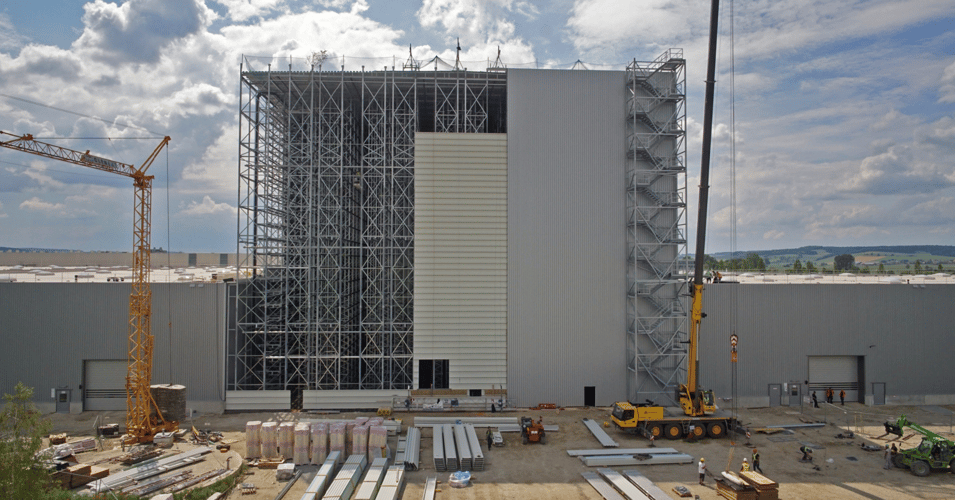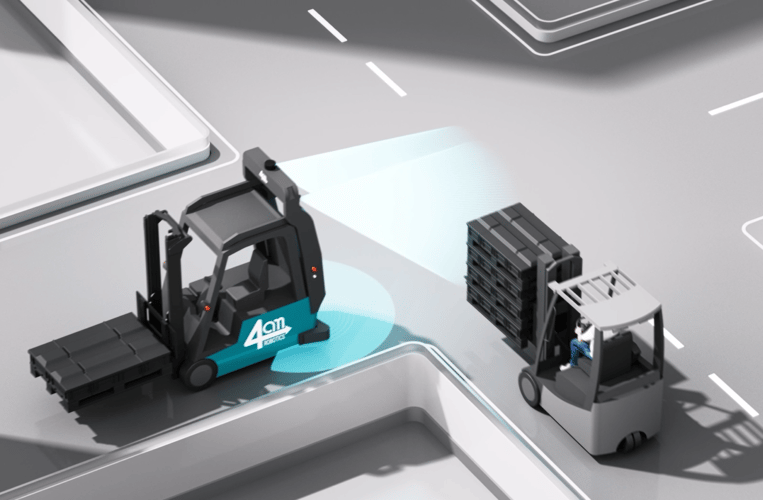
Production plants for identical components only look identical at first sight. The differences lie in the details of the plant - ranging from the fact that different production conditions are considered, to different norms and standards in different parts of the world, to the actual programming process itself. That is why, for the SCIO automation specialists, no two machines are identical. This can also be seen in a latest automation project for the customer DAIMLER.
The team of the SCIO group company AUTKOM is responsible for the entire project planning and programming of four valve clearance adjustment stations for two locations (Mannheim and Detroit). This includes the entire control technology and visualization with HMI (Human Machine Interface). Seen from a non-expert's view, the assignment looks like a 1:1 copy. All four stations were programmed and completely taken into service at the DAIMLER site in Mannheim. Then, two of the systems were shipped to the USA, where final commissioning took place.
But what are the challenges in such a project?
Standards & Norms
The USA and Germany have different electrical and mechanical standards and norms. The USA requires UL certification instead of IEC certification or standardization as is the case in Germany. This means that all cables and devices must be UL-certified, i.e. they must comply with the UL standard. If a subsequent change is made to the electrical system, the machine must be tested again by a UL-certified person - this is time-consuming and can quickly become costly.
In addition, the sequence control is usually programmed via step chains. In the USA, however, the "Ladder Logic" language is desired. In addition, no subprograms can be written for the U.S. machines which are used more than once within the control system. To prevent the programming costs from skyrocketing, a compromise therefore had to be reached with the customer.
Safety
Personal safety is a top priority - especially in automated areas where robots are used. The area where a component enters the plant is protected by safety devices to ensure that a person cannot enter the operating plant instead. In Germany, for example, secure light grids or a safety scanner are used for this purpose. The USA uses much more extensive and conventional safety precautions.
" In Detroit, we can do much less as automation specialists because of labor union reasons. We are less independent there than in Germany," explains Christian Imdahl, project manager of the current DAIMLER project. As an example, he mentions the control cabinet. Based on the wiring diagram created by SCIO, the subcontractor delivers the control cabinet ready for use. The SCIO team then handles all the field wiring. This type of independent wiring is not possible in the USA. For safety reasons, the SCIO team is not allowed to open the control cabinet or connect any wires themselves.
Visualization
The visualization of the plant using the HMI is based on the customer's plant layout. This can vary depending on the production site and the existing plant. In addition, it is always a matter of setting the valve clearances, although for different engines. The different sizes must also be considered in the visualization and programming. In this case, the customer's superior task management system informs the machine which engine type will be processed next - the exact sequence of data transfer varies at both locations and had to be taken into consideration in the programming and visualization. Besides the visual display, the automation experts also adapt all the instructions and error messages of the machines in the corresponding local language. What initially sounds like a classic translator's job must be adapted to the display limitations in the HMI - over the years, translation has therefore become an in-house task.
Technical advancement
Just like any other industry, the entire field of automation is constantly evolving. Project manager Christian Imdahl describes it like this: "In terms of continuous improvement, I would program a machine that I programmed two years ago quite differently today - after some additional customer requirements." Thus, in projects that extend over a longer period and involve several machines, such as the valve clearance project for DAIMLER, advancement plays an important role.
The case study shows that there is no such thing as a 1:1 copy in plant programming. You always have to consider and implement country specific norms & standards, security aspects, visualization and the technical advancement.
If you want to learn more about AUTKOM's expertise and portfolio, please click here.




















